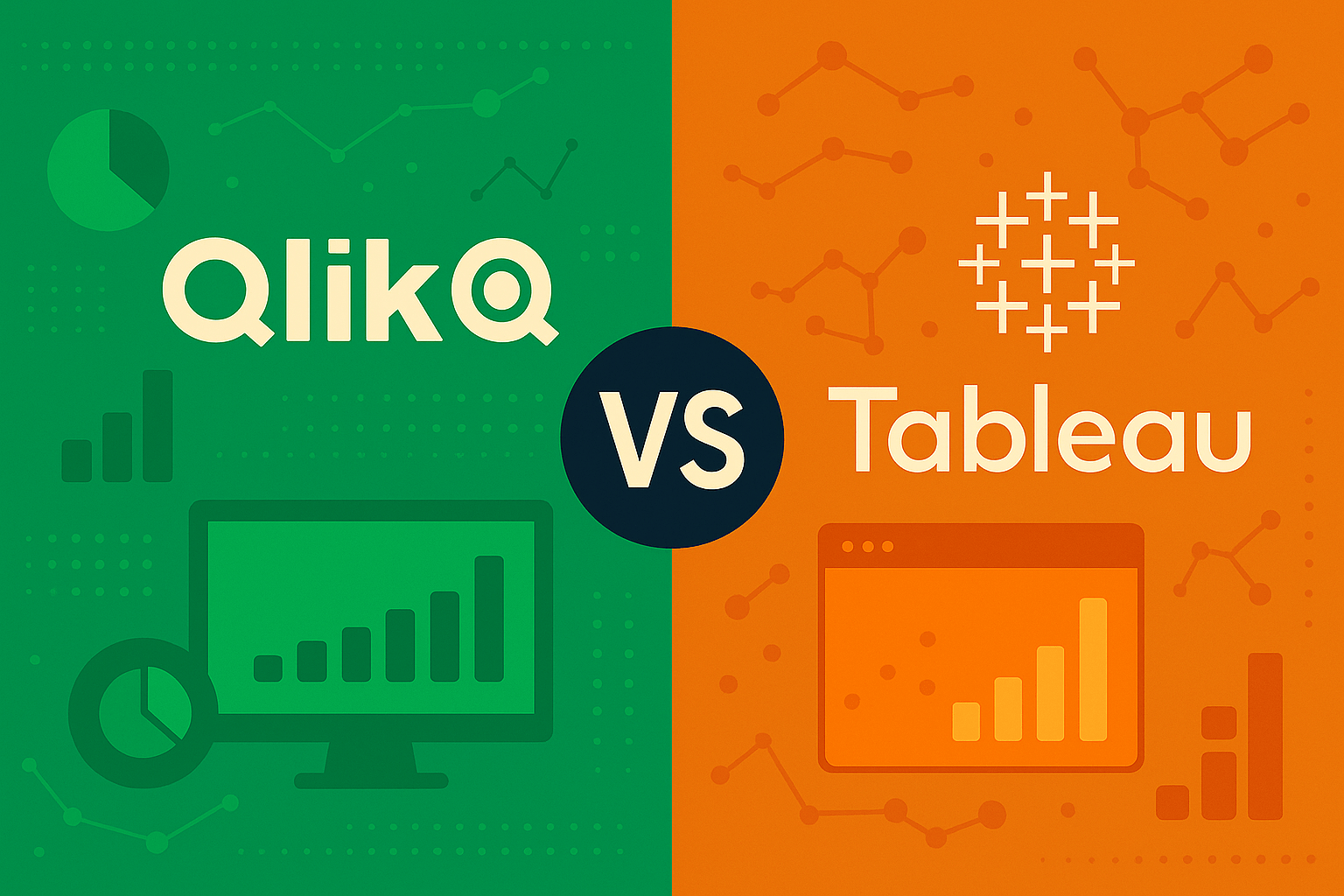Top Competitors and Alternatives to Siemens Teamcenter PLM
In today’s fast-paced product development world, choosing the right Product Lifecycle Management (PLM) system can make or break your ability to innovate, collaborate, and bring products to market swiftly. Siemens Teamcenter is a powerful, enterprise-grade PLM solution, but it isn’t the only player in the field.
Whether you’re a mid-sized manufacturer seeking simplicity or a large enterprise needing deep engineering control, there’s an alternative that fits your needs. Below, we explore the leading competitors and alternatives—grouped by their core strengths—to help you find the perfect match for your organization.
Enterprise-Grade Engineering PLM
PTC Windchill
Windchill is renowned for its robust engineering features, especially multi-CAD integration (Creo, SolidWorks, NX, and more) that lets teams manage designs from different tools in one place. It excels at change management, ensuring that every design update follows a controlled workflow, and offers built-in digital twin and IoT capabilities through PTC’s ThingWorx platform. You can deploy Windchill on-premises or opt for the new SaaS edition, Windchill+, to reduce IT overhead. Its flexibility and comprehensive out-of-the-box modules make it ideal for large discrete manufacturers who need a mature, scalable PLM.
Dassault Systèmes ENOVIA
Part of the 3DEXPERIENCE platform, ENOVIA shines when paired with Dassault’s CAD (CATIA), simulation (SIMULIA), and manufacturing planning (DELMIA) tools. Its strengths include advanced classification and part reuse, plus emerging VR/AR features for immersive design reviews. ENOVIA suits global enterprises—especially in aerospace and automotive—that demand tight integration across design, analysis, and production. Whether deployed on-prem or in the 3DEXPERIENCE Cloud, it brings a unified environment that extends beyond traditional PLM.
ERP-Integrated PLM
SAP PLM
If your company already runs SAP ERP, SAP PLM offers a single-system approach where product data—from material masters to formulas—is natively part of your enterprise resource planning. It’s especially strong in process industries (chemicals, food & beverage) thanks to built-in recipe management and compliance tracking. SAP PLM may require additional CAD integration tools, but it eliminates data silos between engineering and manufacturing—ideal for organizations prioritizing end-to-end traceability within SAP.
Oracle Fusion Cloud PLM
Oracle’s PLM evolution—from Agile PLM to Fusion Cloud PLM—delivers a cloud-native experience tightly coupled with Oracle Cloud ERP and SCM. It provides mature change control, supplier collaboration, and quality management, making it a favorite in high-tech electronics and medical device firms. As a fully managed SaaS, Oracle Fusion Cloud PLM ensures you’re always on the latest version, reducing upgrade headaches while streamlining your digital product processes.
Open, Highly Configurable Platform
Aras Innovator
Aras takes a unique approach with an open-architecture, model-based platform. You don’t pay per user; you pay an enterprise subscription that covers unlimited users, making it cost-effective for broad rollouts. Aras is prized for its low-code customization, letting you tailor workflows, data models, and integrations without worrying about breaking custom code on upgrades. It’s perfect for organizations that need deep PLM flexibility or have non-standard processes that off-the-shelf systems can’t address.
Cloud-Native Mid-Market Solutions
Arena PLM (PTC)
Arena offers a fully cloud-hosted PLM + QMS solution with rapid implementation and a user-friendly interface. It covers core PLM functions—BOM management, document control, change processes—as well as integrated quality (CAPA, audits), all accessible via web browser. Its supplier collaboration features and built-in compliance support (FDA, ISO) make it a go-to for mid-sized electronics, medical device, and aerospace startups that want minimal IT burden and fast time to value.
Propel PLM
Built on the Salesforce platform, Propel combines PLM, PIM (Product Information Management), and QMS in one SaaS app. This unique blend means product engineering data, marketing content, and quality events live in a single, cloud-native environment—perfect for cross-functional transparency. If your teams already use Salesforce CRM, Propel slashes integration work and empowers everyone from R&D to sales with up-to-date product information and streamlined change processes.
CAD-Centric and Design-Friendly PLM
Autodesk Fusion 360 Manage (Upchain)
Autodesk’s solution bridges PDM and PLM, offering lightweight CAD data management in Vault, paired with Fusion 360 Manage for lifecycle workflows in the cloud. The strength here is seamless synchronization of CAD metadata and BOMs from Inventor or Fusion 360 into PLM, plus easy CAD viewing via Forge. It’s a great fit for small to mid-sized manufacturers already in the Autodesk ecosystem who need cost-effective, CAD-driven PLM.
Industry-Specialized PLM
Centric PLM
For fashion, retail, footwear, and consumer goods, Centric delivers purpose-built tools: line planning, material libraries, tech pack management, and supplier sourcing workflows. Its visually rich, designer-focused interface accelerates seasonal product development and ensures compliance with industry standards. Centric helps brands slash time to market by centralizing creative and technical product data in one platform.
Infor PLM
Infor’s suite offers three verticals—Discrete, Process (Optiva), and Fashion—each pre-configured with industry-specific workflows. Food & beverage and chemicals benefit from Optiva’s recipe/formula and regulatory modules, while Fashion PLM streamlines collection planning and fit approvals. If your organization runs Infor ERP, these PLM variants seamlessly extend product data into your supply chain and manufacturing operations.
Choosing the Right PLM
Your ideal solution depends on factors like:
-
Scale & Complexity: Do you need to manage millions of CAD parts, or is a lightweight BOM-centric tool enough?
-
Ecosystem Fit: Are you aligned with Siemens, Dassault, SAP, Oracle, or Salesforce?
-
Deployment Preference: On-premises control versus cloud agility?
-
Industry Needs: Generic PLM with deep engineering controls, or niche PLM with out-of-the-box domain workflows?
-
Budget & Resources: Upfront investment, per-user costs, and IT support availability.
By weighing these considerations—and exploring the above alternatives—you can find the PLM that aligns with your product vision, IT strategy, and growth plans. Whichever path you choose, modern PLM solutions empower teams to collaborate seamlessly, maintain rigorous change control, and ultimately deliver products that delight customers and outpace the competition.
Share this
You May Also Like
These Related Stories
.png)
Top Talend Alternatives to Enhance Your Data Integration Strategy

Denodo vs Tableau: A Comparative Analysis of Data Visualization Tools


No Comments Yet
Let us know what you think